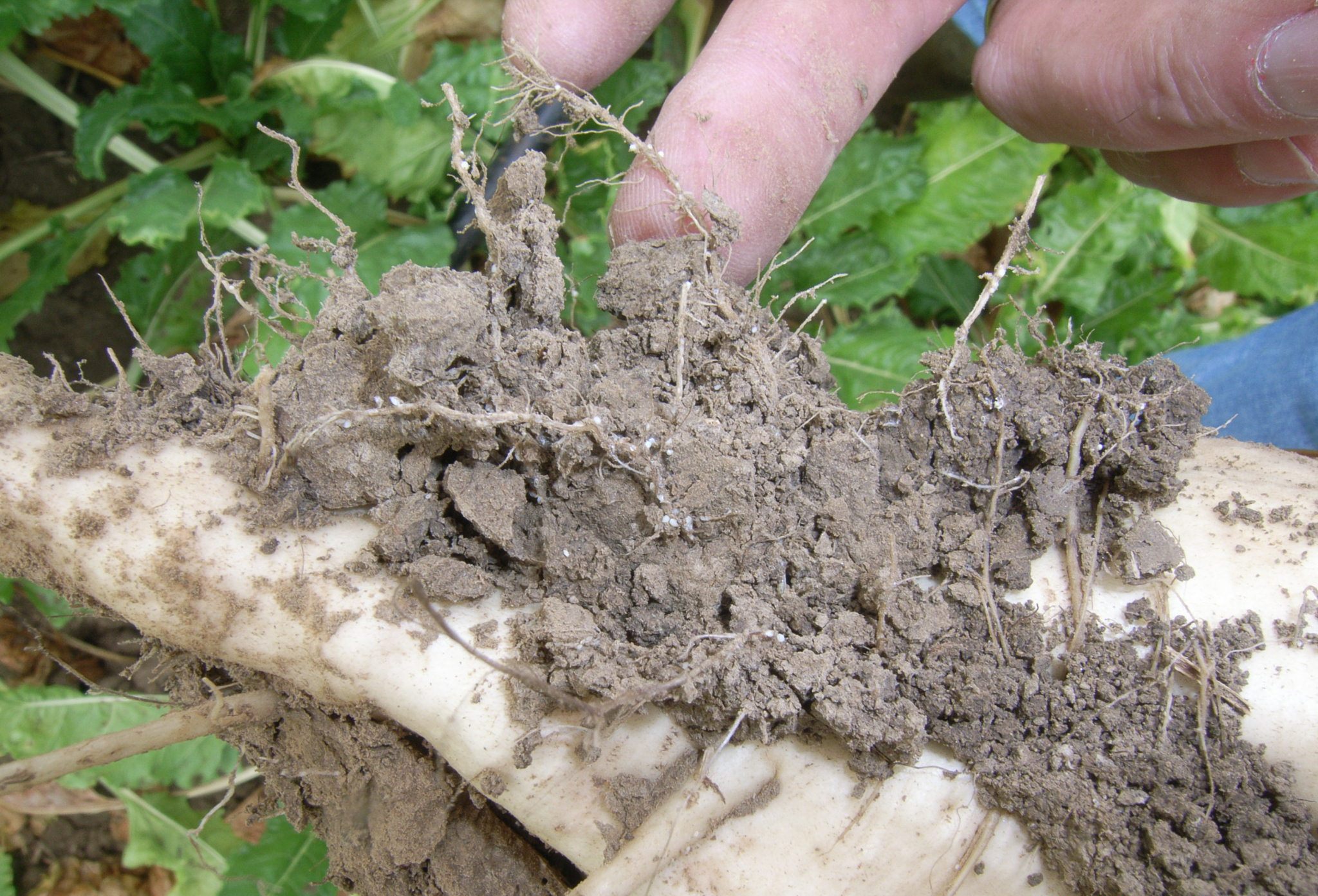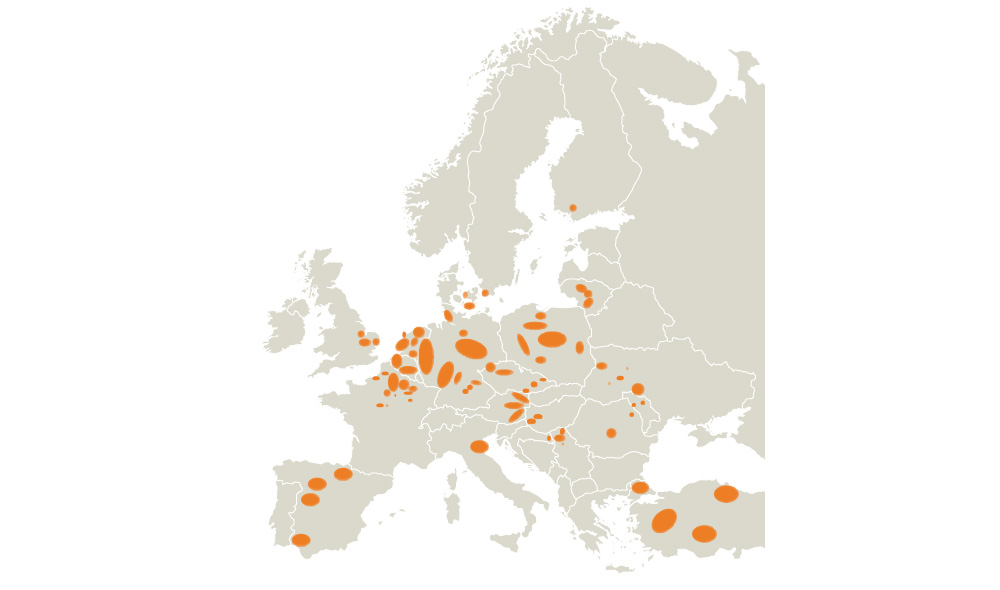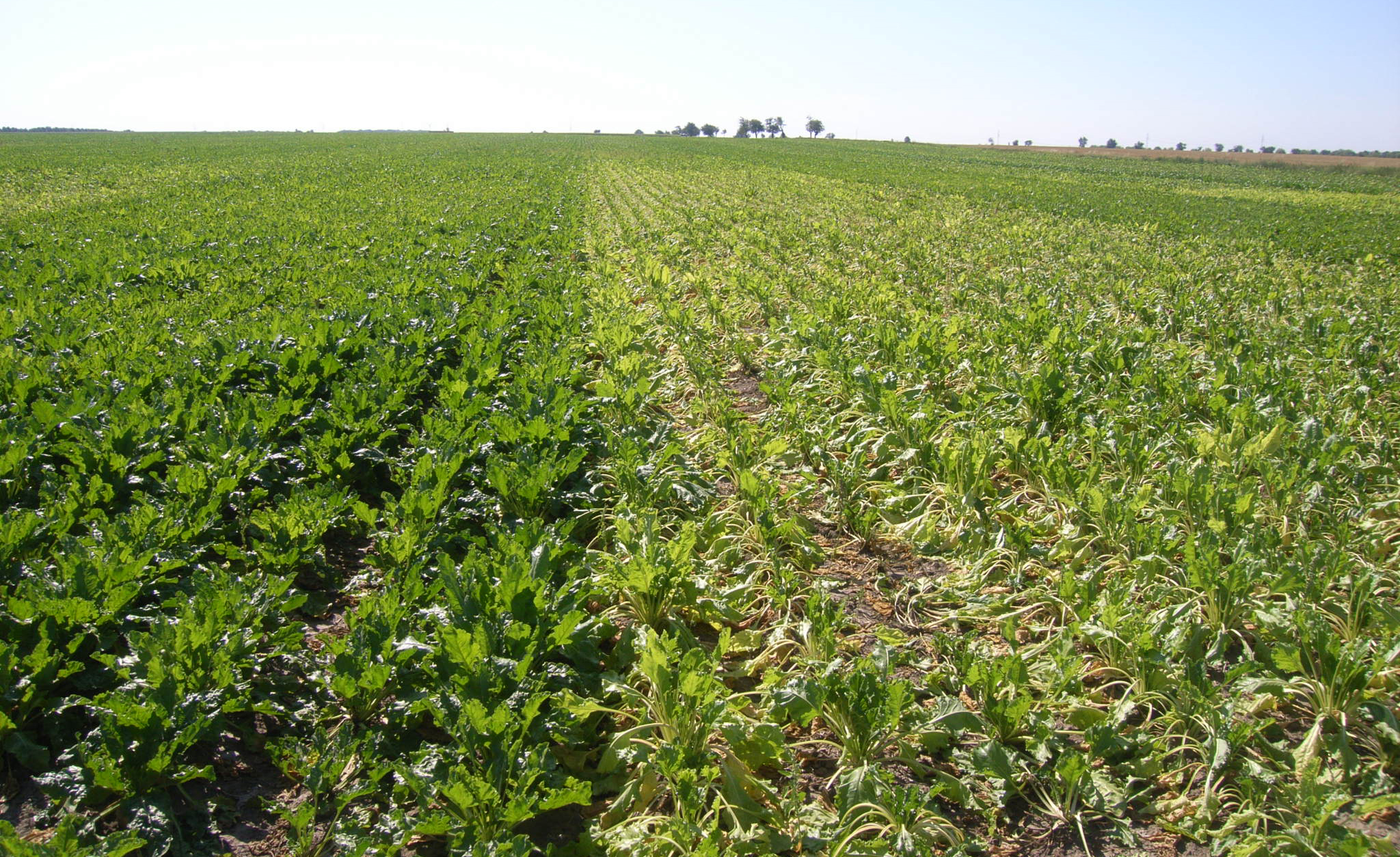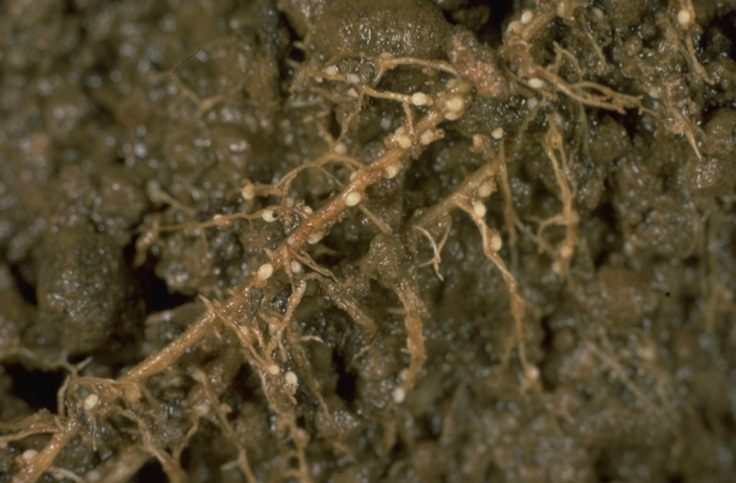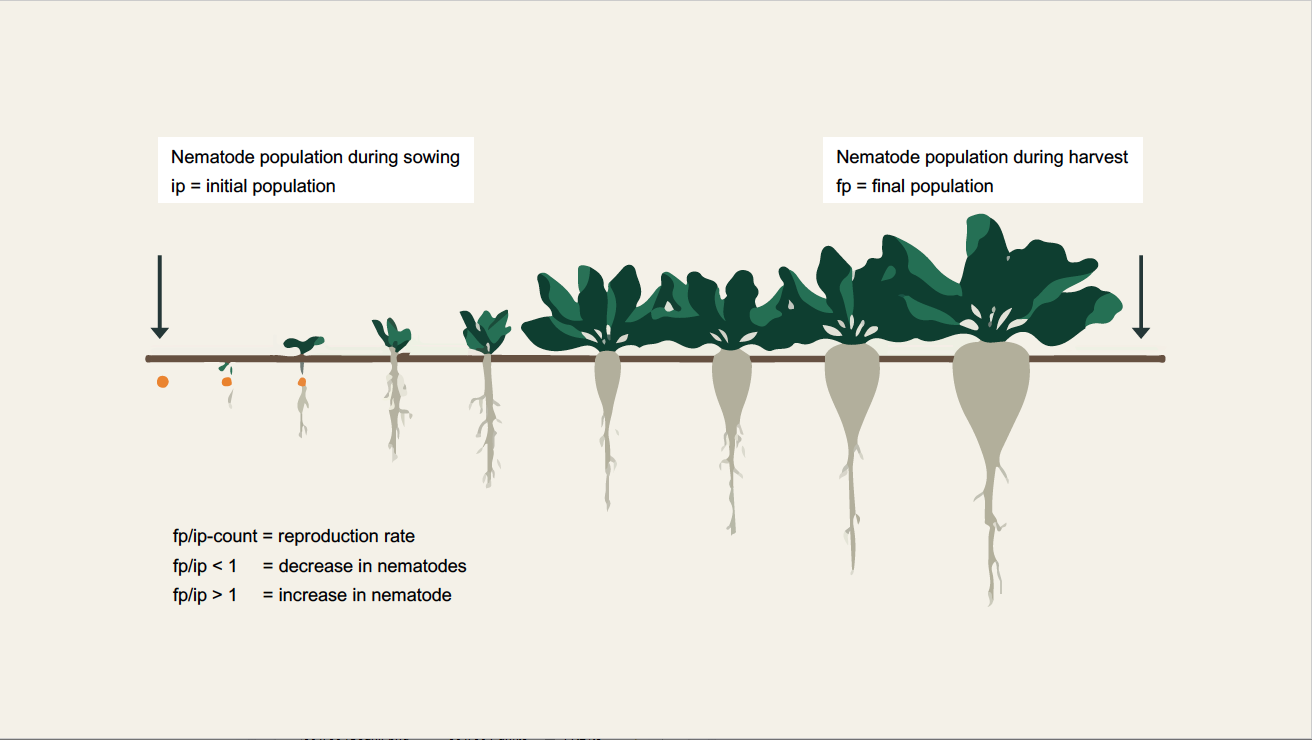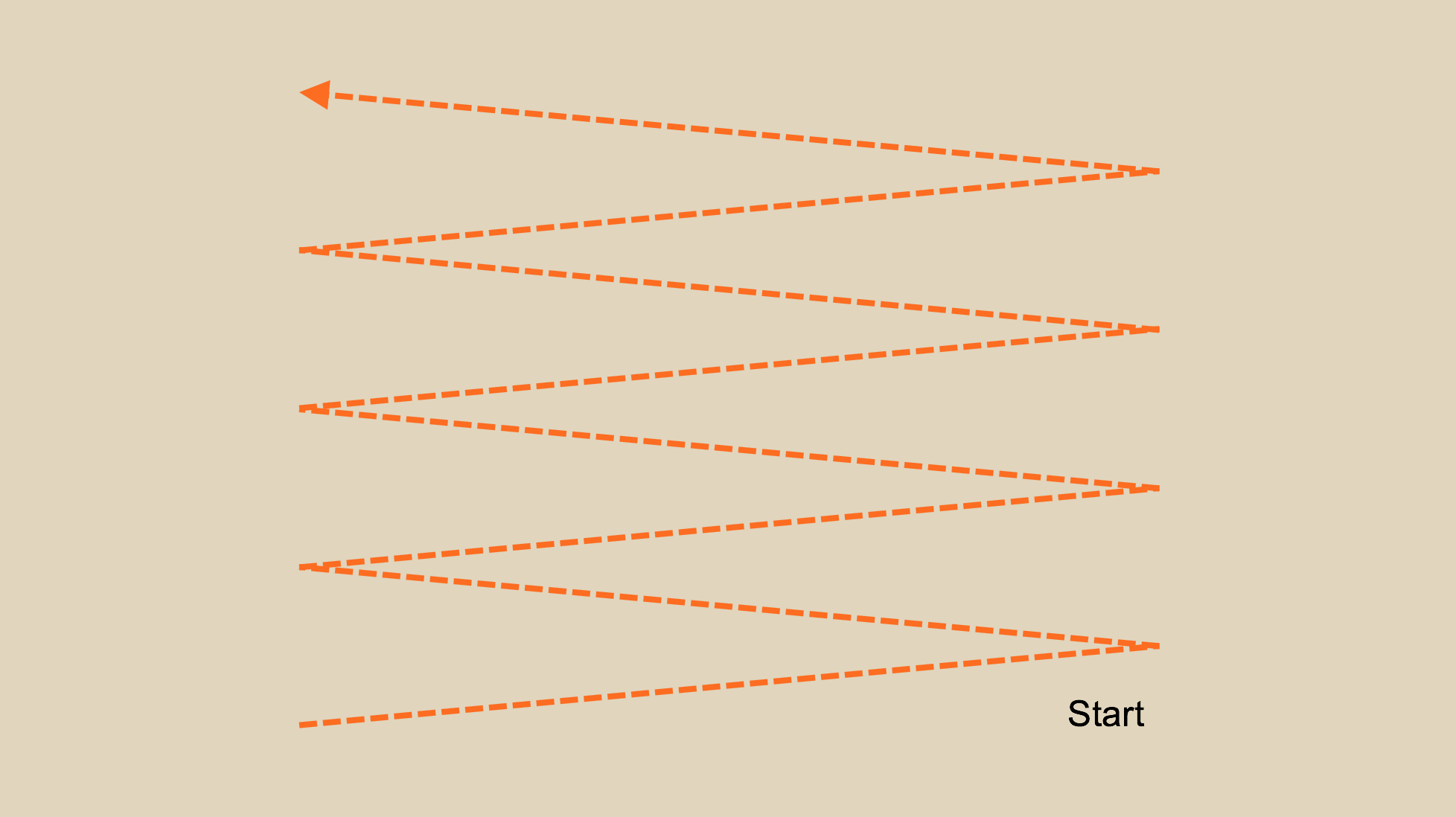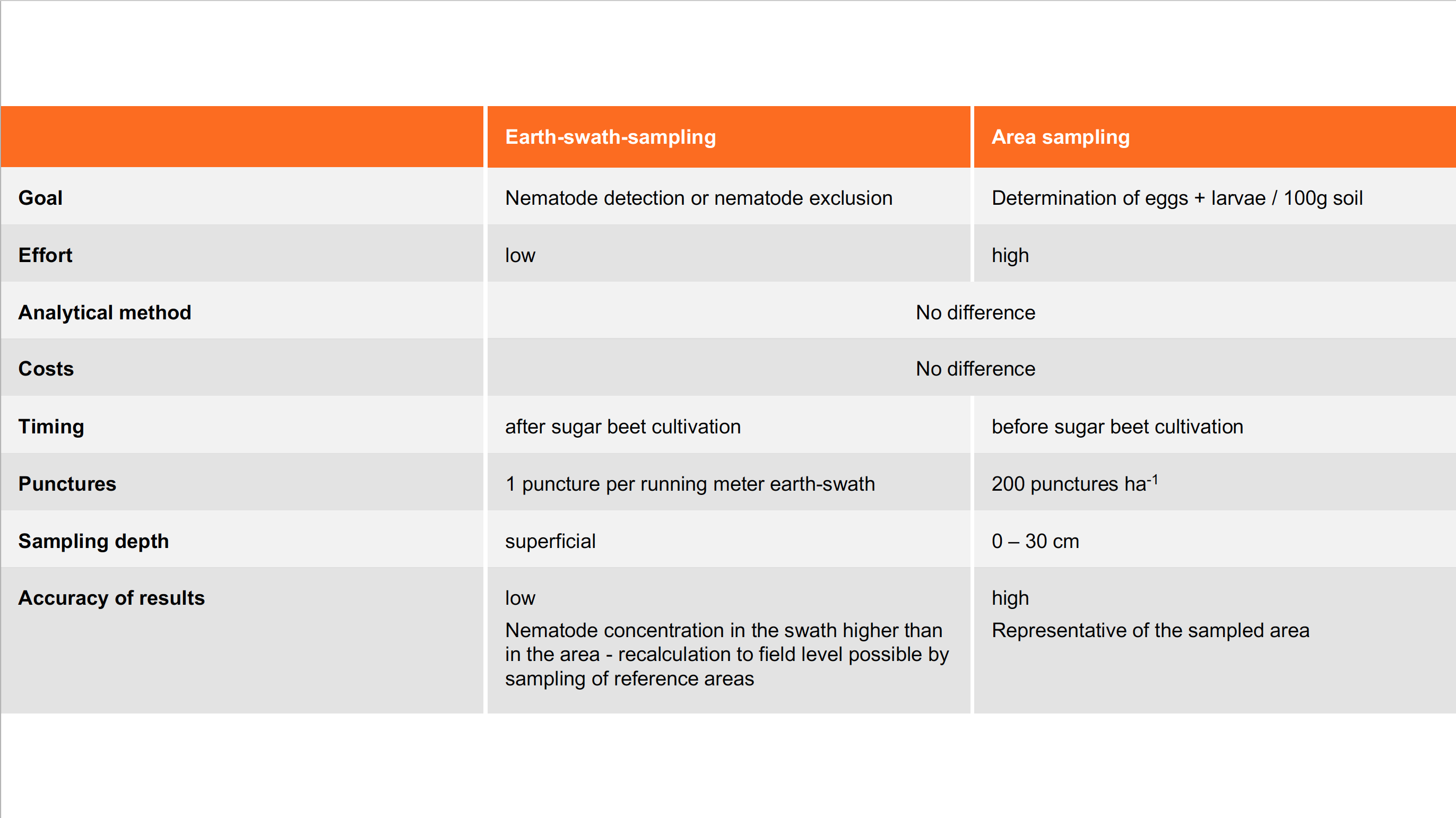Small pest with great effect
The beet cyst nematode (Heterodera schachtii) has the greatest economic importance in most German and European sugarbeet cultivation areas.
Nematodes belong to the diverse biological class of thread worms. They are usually relatively small, white to colourless filiform worms. They are adapted worldwide to a wide range of habitats and rely on moisture.
- Nematodes move in their habitat through meandering, which is why they are also referred to as eelworms
- Approximately 3000 of the 20,000 known species of nematode feed on plants
- About 100 species are significant pests on crops
- Nematodes infest the root system of the host plant and severely affect plant metabolism
Sugarbeet damage is caused by the larvae of the beet cyst nematodes feeding on the fibre roots. The nematode larvae stimulate the roots to form a nutritive tissue (syncytium). The nematode infestation considerably restricts water and nutrient uptake by the sugarbeet plant.
At the earliest in June, you can observe the classic symptoms of nematode infestation but not all symptoms occur simultaneously.
Field: Withering of the beet
- occurs mainly in stronger sunlight
- The leaves wither but recover during the night or after rainfall
- More heavily infested plants show stunted growth
- The outer leaves turn yellow and die
- Regrowing leaves have a reduced leaf blade
Plant: Training a root knot
- The plant tries to compensate for the damage by increasing lateral rooting
- A typical root knot emerges; the main root is shortened
The clear symptom is the pinhead-sized, white females or brown cysts that are temporarily visible to the naked eye on the lateral roots
The amount of income losses can be between 5 and 45%
Yield losses depend on the nematode numbers in the soil, the sowing time, the associated date of infestation of the sugarbeet and the subsequent weather.
In general: The earlier the plants are attacked, the higher the expected loss of yield. A latent infestation with nematodes is much more difficult to detect. Without the classic symptoms becoming visible, a yield loss of 10% may have already occurred.
Eggs, larvae, cysts - developmental cycle of Heterodera schachtii
1. Cysts survive in the soil
2. Root exudates from the sugarbeet provide stimulus to hatch, larvae (♀ ♂) leave the cysts
3. Larvae (♀ ♂) actively penetrate the root tissue
4. Optimal nutritional conditions for the nematode females (♀ ♂) (complete formation of nutrient cell tissue in roots of host plants
5. After fertilization of females, new cysts develop with many new eggs and larvae
6. Number of cysts in the ground has multiplied
The development time of one generation of Heterodera schachtii is strongly weather- and temperature-dependent. For the completion of a generation, a total heat sum of 465°C is required
Calculation:
Sum of the daily average soil temperatures in 10 - 20 cm depth and the values above the base temperature of 8°C are added up
Example:
measured soil average temperature: 17°C
Calculation of the heat sum:
Average soil temperature 17°C
– base temperature 8°C
= 9°C
At constant soil average temperatures of 17°C, the heat sum of 468°C after 52 days (52 x 9°C = 468°C) is achieved in this example. Under suitable conditions, 2 to 4 (under particularly warm conditions even 5) generations per year can develop.
Propagation rate is influenced by:
- prevailing environmental conditions
- the host plant
- density of the starting population
- soil temperature
The rate of propagation of beet cyst nematodes is indicated in the form of a quotient,
known as the Pf/Pi value. It is calculated by simple division with the following
formula:
Pf/Pi value =
Nematode numbers after host plant cultivation (Pf)/
Nematode numbers before host plant cultivation (Pi)
The nematode numbers on your surfaces can only be determined from soil samples in the laboratory. Knowing the numbers, you can take specific measures to reduce nematodes. We recommend a soil analysis before sugarbeet
area sampling) or from the cleaned beet soil after cultivation (soil swab sampling).
Surface sampling
- Soil samples are drawn by means of an auger
- Penetration frequency of 100 - 200 punctures per hectare at a depth of 30 cm
- the more bores per hectare, the more representative the result of the sample
- Important: uniform sampling of the entire area, as nematodes occur in pockets
The collected sample should be well mixed in a bucket and placed in a plastic bag
. A total of 1 kg soil is needed for the analysis. The sample must be stored for
analysis in a cool place. In the laboratory, the nematode number in eggs + larvae can be determined for each
100g soil or 100 ml soil.
Earth swath sampling
- Easier than performing a surface sampling
- However, no statement about the population numbers in the area
- Sampling takes place from the beet soil that remains from the beet clamp after loading
(earth swath) - Swath sample should be as free as possible from plant material
- Organic components must be sieved off
- About 1 kg of the sieved soil sample is needed for the laboratory test
The closer in sequence you have sugarbeet in your crop rotation, the more the nematode population can build up. In contrast, a wider spaced crop rotation prevents proliferation but also offers no absolute security.
Biological control
In order to best combat your nematode problem, you should use biological control measures. These include the cultivation of nematode-resistant catch crops, using oilseed rape and volunteer rape in the crop rotation and variety selection for sugarbeet.
Chemical control
Until the 1980s, nematocides were used in Germany for soil disinfection. Today, however, they are no longer allowed in almost all countries. Thus, in Germany no chemical pesticide is available for the control of nematodes.
Physical combat
Disinfection of plant substrates and soil by heat is commonplace in horticultural practice; however, this method is not useful in larger fields and will continue to be used only in small cultivated special crops in the future.
